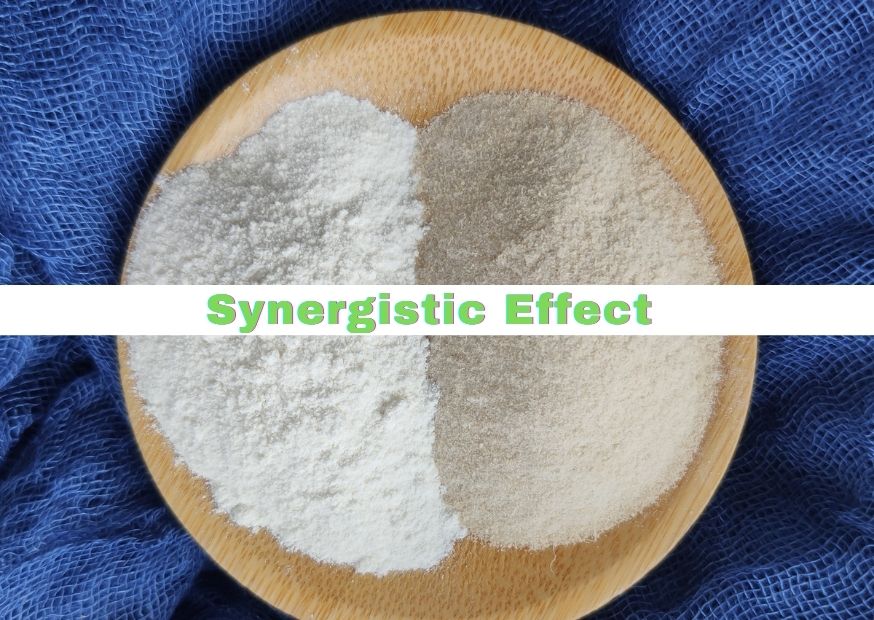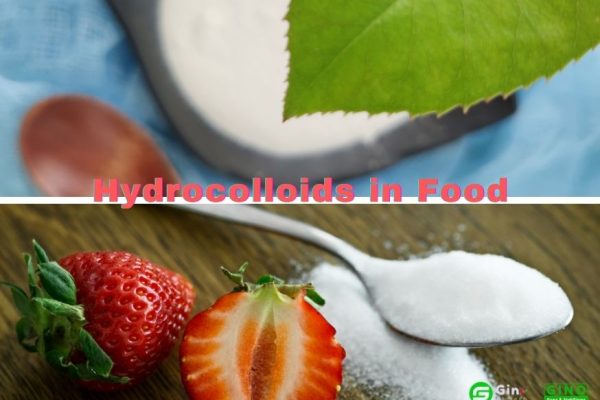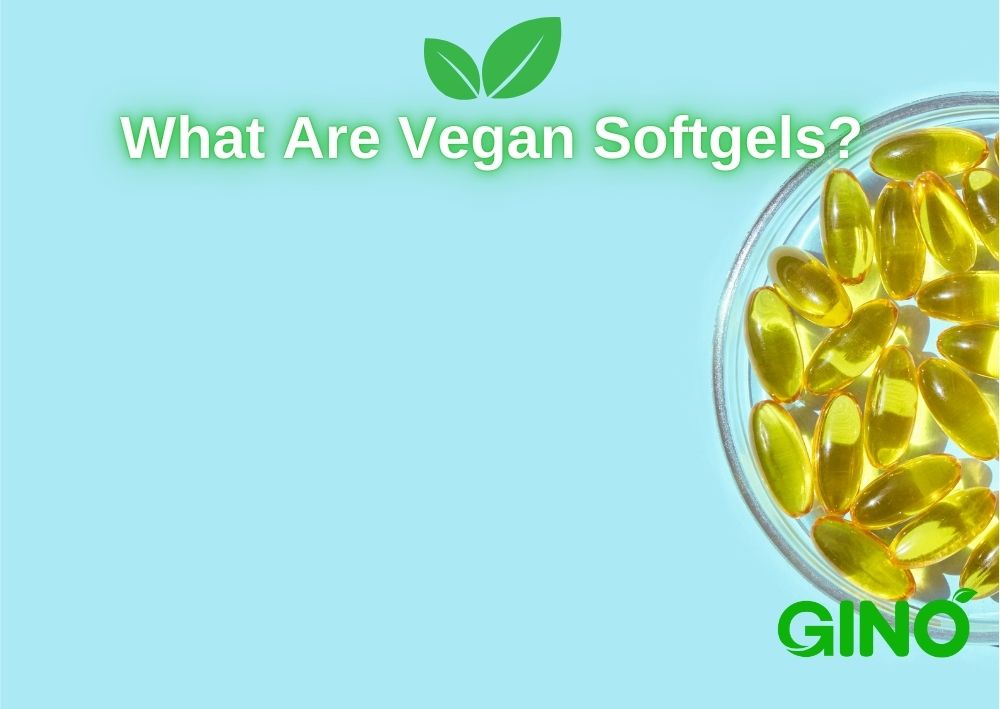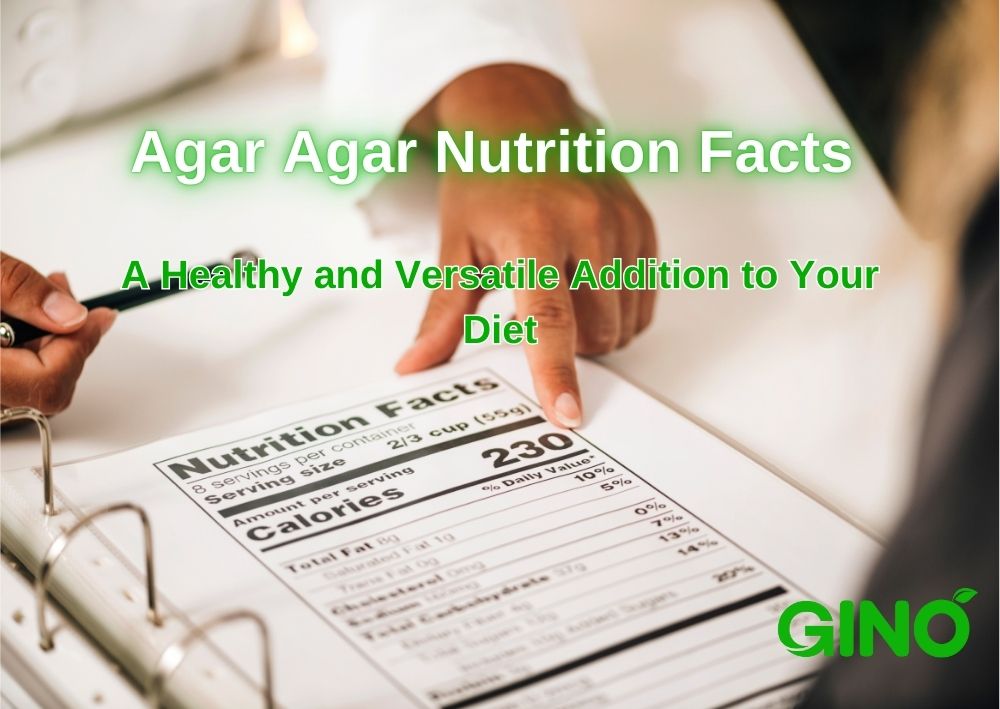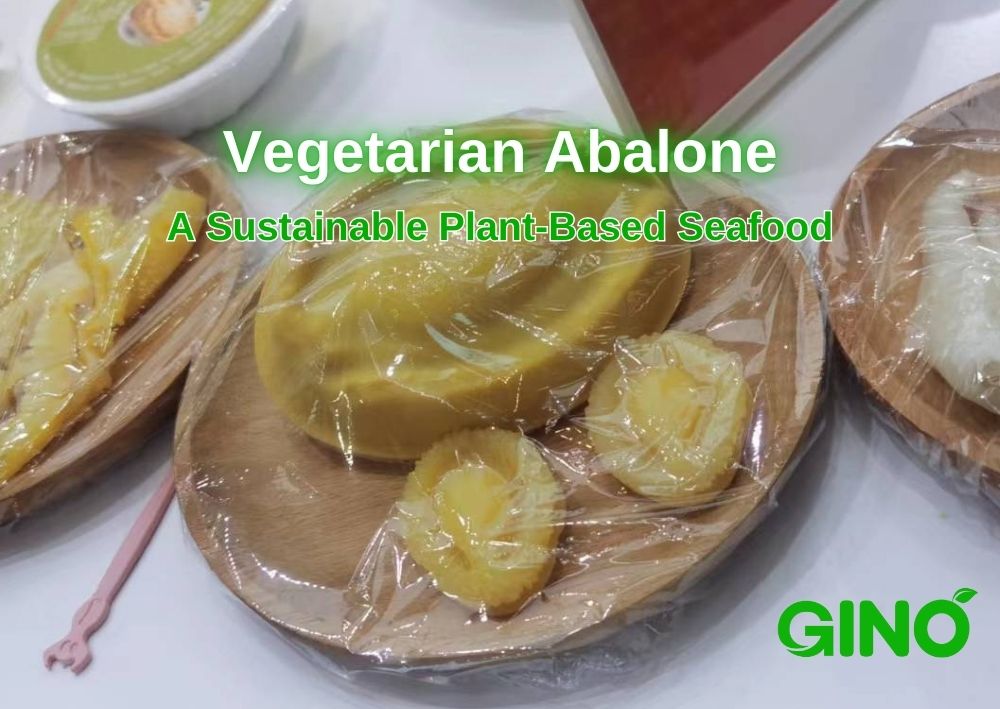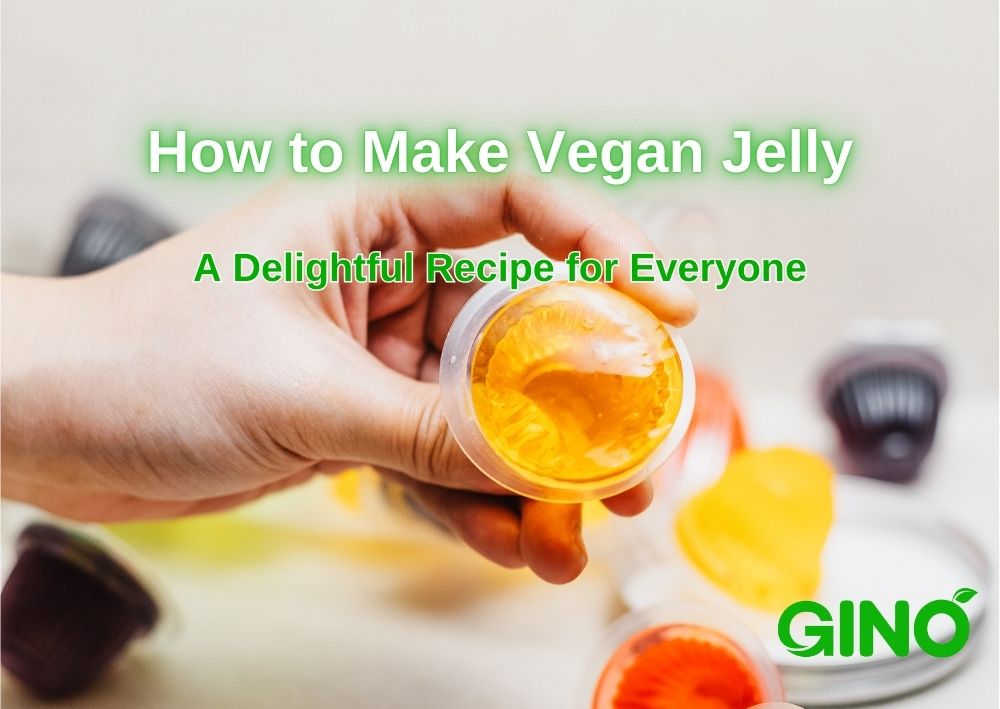Seit über 10 Jahren ist Gino Biotech ein bedeutender Lieferant von Hydrokolloiden für Lebensmittel. Mit unserer Vielfalt an pflanzenbasierten Gummen und Stabilisatoren können wir maßgeschneiderte Hydrokolloid-Lösungen schaffen, die perfekt auf die Bedürfnisse unserer Kunden abgestimmt sind. READ MORE
Carrageenan Properties and Synergistic Effects with other Gums
Carrageenan Properties and Synergistic Effects
Facebook
Twitter
LinkedIn
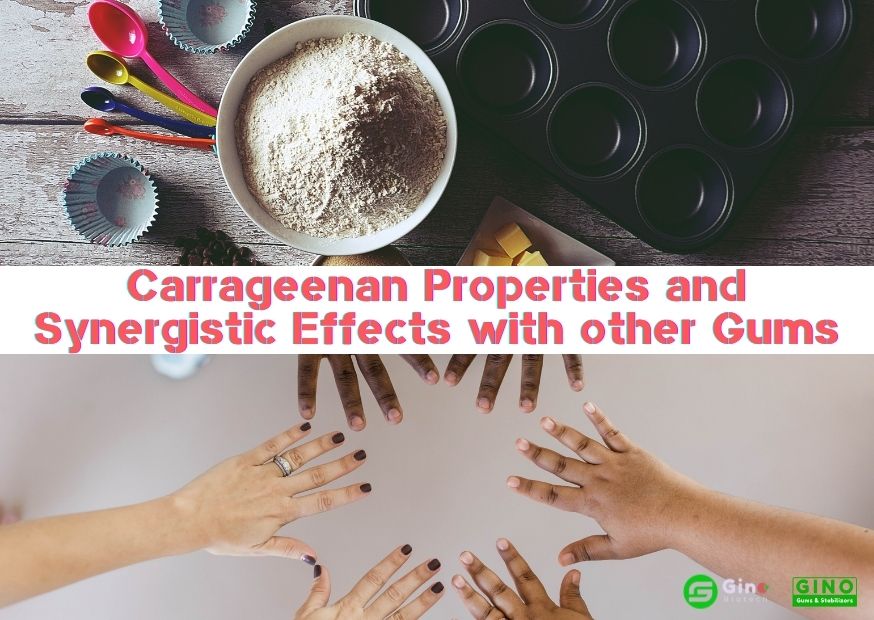
1. Carrageenan Definition
Carrageenan is also known as Irish Moss, it is a hydrocolloid extracted from red algae such as Eucheuma (kappaphycus), Chondrus, Gigartina, and Hypnea species.
Due to the different binding forms of sulfate esters in it, it can be divided into K-type (Kappa), I-type (Iota), and L-type (Lambda). It is widely used in the production of jelly, ice cream, pastry, soft candy, canned food, meat products, porridge, bird's nest, soup, cold food, etc.
2. Carrageenan Types
For example,
- Eucheuma Cottoni, which is mainly produced in Philippine waters, contains mainly Kappa carrageenan.
- E. spinoswm from Indonesian waters mainly contains Iota carrageenan.
- Gigartina Acicularis from Moroccan waters contains mainly Lambda carrageenan.
Many species from Chondrus Crispuspus, on the other hand, contain several types of carrageenan that are mixed.
Carrageenans from different red algal sources have different fine structures and their colloidal properties are different.
Even for the same source, different process extraction conditions lead to different molecular weight degradation and product properties are different, so carrageenan is only a broad name.
The carrageenans that have been named are Kappa, Iota, Lambda, mu, n, theta, xi type carrageenan, etc.
However
Only the first three are mainly produced commercially.
3. The Main Carrageenan Properties
3. 1 Dispersion Solubility
Since carrageenan is a water-soluble polysaccharide compound, it is difficult to disperse in water, and the less soluble carrageenan is, the easier it is to disperse.
Carrageenan solution of 7%-8% can be obtained by dissolving in hot water at 60-70 degrees, and this solution immediately forms agglomerates, which can be easily broken up by using a high-speed mixer. In order to promote the dissolution of carrageenan, hot water above 82 degrees is generally used for its dissolution and dispersion in the food industry.
3. 2 Gel Ability
Carrageenan is mainly used as a gelling agent, stabilizer, and water-holding agent in the food industry.
The gel strength, viscosity, and other properties depend largely on the type and molecular weight of carrageenan, pH, salt, alcohol, oxidizing agents, and other food gum conditions.
Kappa and Iota carrageenan form thermally reversible hydrogels in the presence of gel cations at concentrations as low as 0.5%.
Kappa carrageenan forms gels in the presence of potassium ions, and the hardness of the gel increases with the concentration of potassium ions;
Calcium ions increase the hardness of kappa gels, and the effect is more significant when potassium ions are also added, resulting in the strongest kappa gels.
However, the presence of calcium ions makes kappa-carrageenan gels brittle, while pure potassium-carrageenan gels are elastic, viscous, and more transparent.
The addition of sodium ions to carrageenan makes the gels brittle and fragile, and a large amount of sodium ions interferes with the gelation of carrageenan and reduces the gel strength.
The lota carrageenan with calcium ions produces the maximum gel strength, which forms a completely non-dewatering, elastic, and very sticky gel.
Iota carrageenan is the only freeze/thaw-stabilized carrageenan.
Therefore, the frozen Iota carrageenan does not shrink (no syneresis) when it melts, unlike the Kappa carrageenan gel.
In contrast, Lambda carrageenan is non-gelling and only has the effect of increasing viscosity.
4. Synergistic of Carrageenan and other Thickening Agents
4.1 Carrageenan and Gelatin
Gelatin is commonly used as a gelling agent and can form a thicker gel structure when combined with kappa carrageenan, and the water-holding capacity of the system is better.
4.2 Carrageenan and Locust Bean Gum
When the ratio of locust bean gum and kappa carrageenan is 1: 1, the gel formed is considered to be the most palatable, however, it has a high fracture strength. Decreasing the concentration of hydrocolloids resulted in a lower fracture strength, but this had a detrimental effect on the syneresis of the gel.
4.3 Carrageenan and Amidated Low Methoxylated Pectin
Low methoxylated amidated pectin has excellent water-holding properties and can lead to a reduction in the amount of kappa carrageenan, resulting in the production of softer, more palatable gels. However, there was no particular effect on the gel properties of Kappa and iota-type carrageenans.
4.4 Carrageenan and Xanthan Gum
The addition of xanthan gum resulted in looser, stickier, and more elastic Kappa carrageenan gels. It also reduces the effect of syneresis of Kappa carrageenan gels, but the resulting gels contain air bubbles that affect their appearance.
4.5 Carrageenan and Modified Starch
Modified starch enhances the gel properties of Kappa and Iota carrageenan while reducing the syneresis effect of Kappa carrageenan.
5. Conclusion
Carrageenan is a multi-species hydrocolloid with a good synergistic effect with other thickening agents. It is widely used in dairy products and gives unique texture and taste to different products, making dairy products a varied class of products.
Verwandte Seiten Artikel
Neueste Beiträge
Über Gino Biotech

Wir sind ein Biotech-Unternehmen, das sich auf die Erforschung, Entwicklung und Vermarktung innovativer und technologischer Lebensmittelzusatzstoffe (Hydrokolloide) spezialisiert hat. Agar-Agar, Carrageenan, und Maßgeschneiderte Stabilisator-Lösungen.
Dank unseres umfassenden Know-hows und unserer Erfahrung in der Forschung, Anwendung und Nutzung von Hydrokolloiden können wir alles aus einer Hand anbieten maßgeschneiderte Lösungen die perfekt auf die Bedürfnisse unserer Kunden abgestimmt sind.
Unser Produkte decken den Bedarf der Fleisch-, Molkerei-, Bäckerei-, Süßwaren- und anderer Industriezweige.
Kontaktieren Sie unseren Vertriebsmitarbeiter für weitere Informationen.




